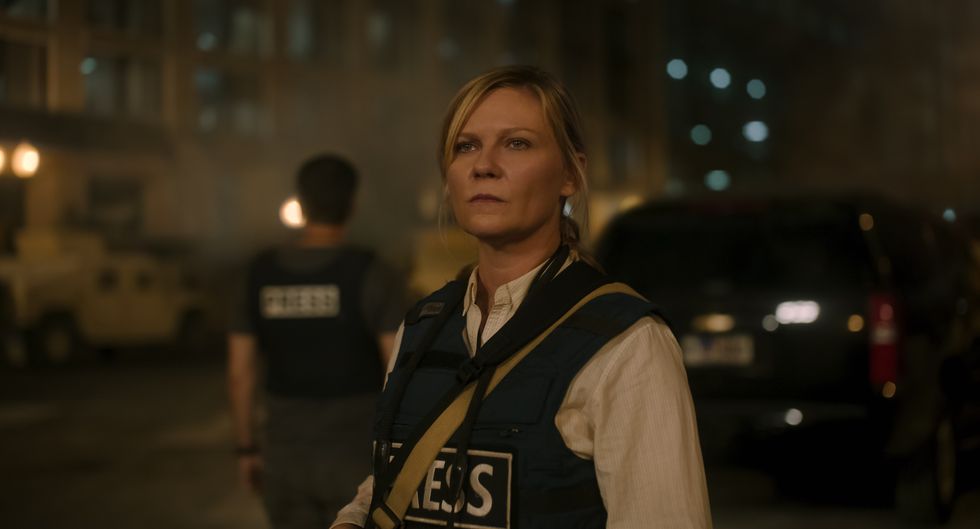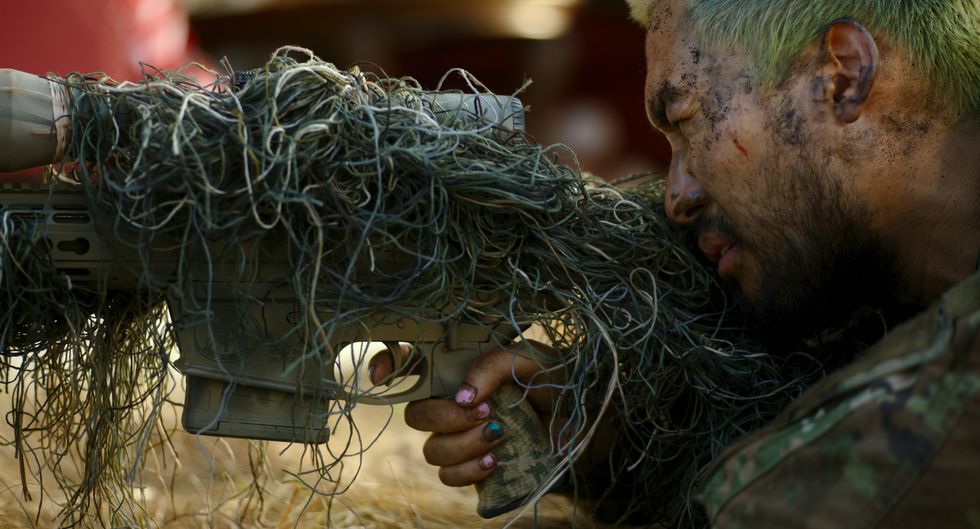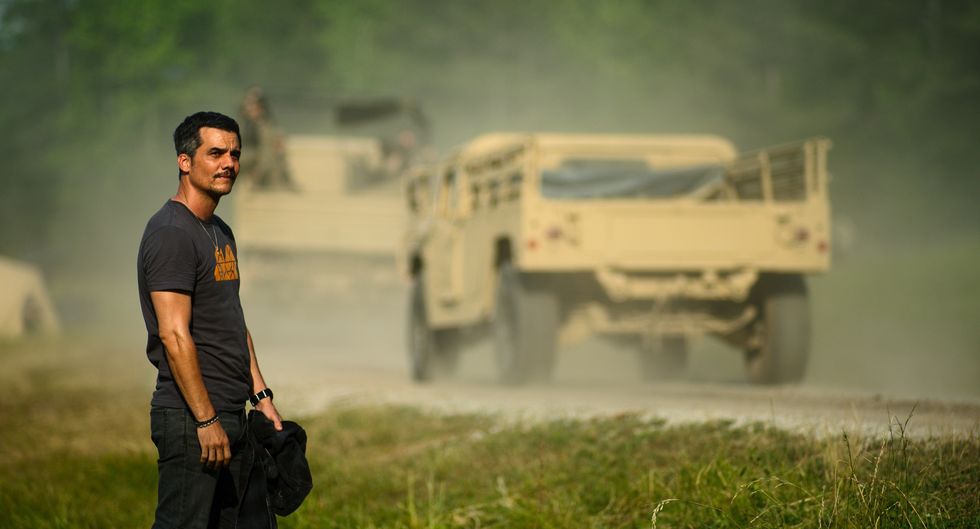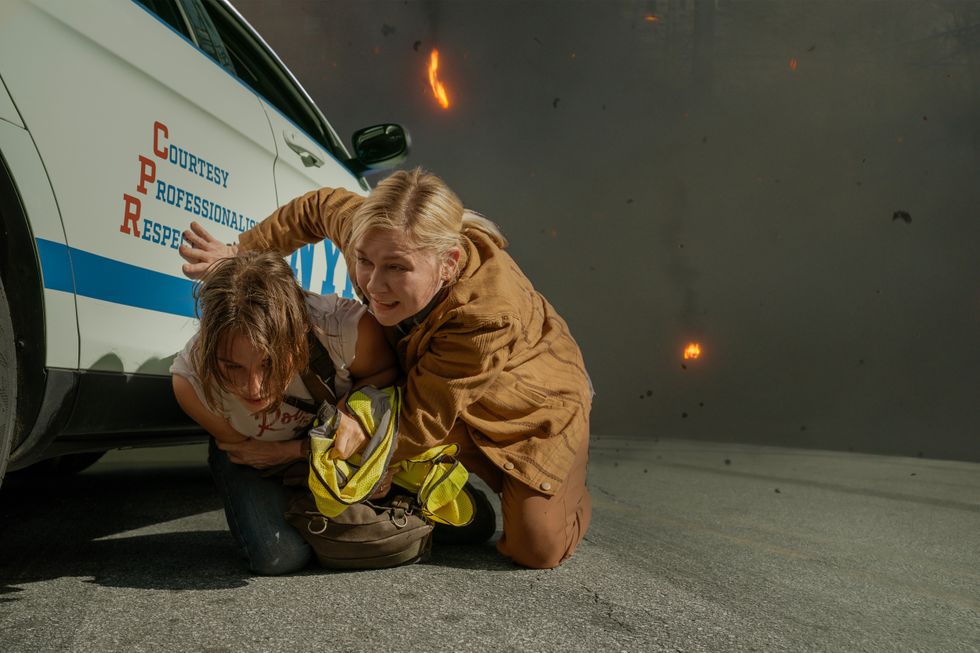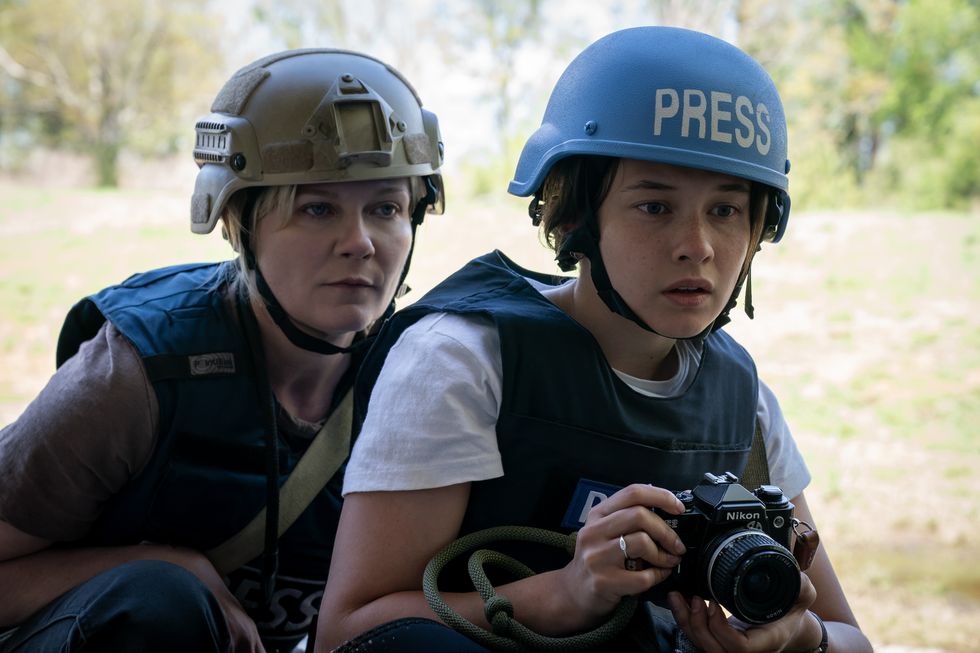How to Create Your Own Studio Space
It sounds ambitious, and it is, but we were determined.
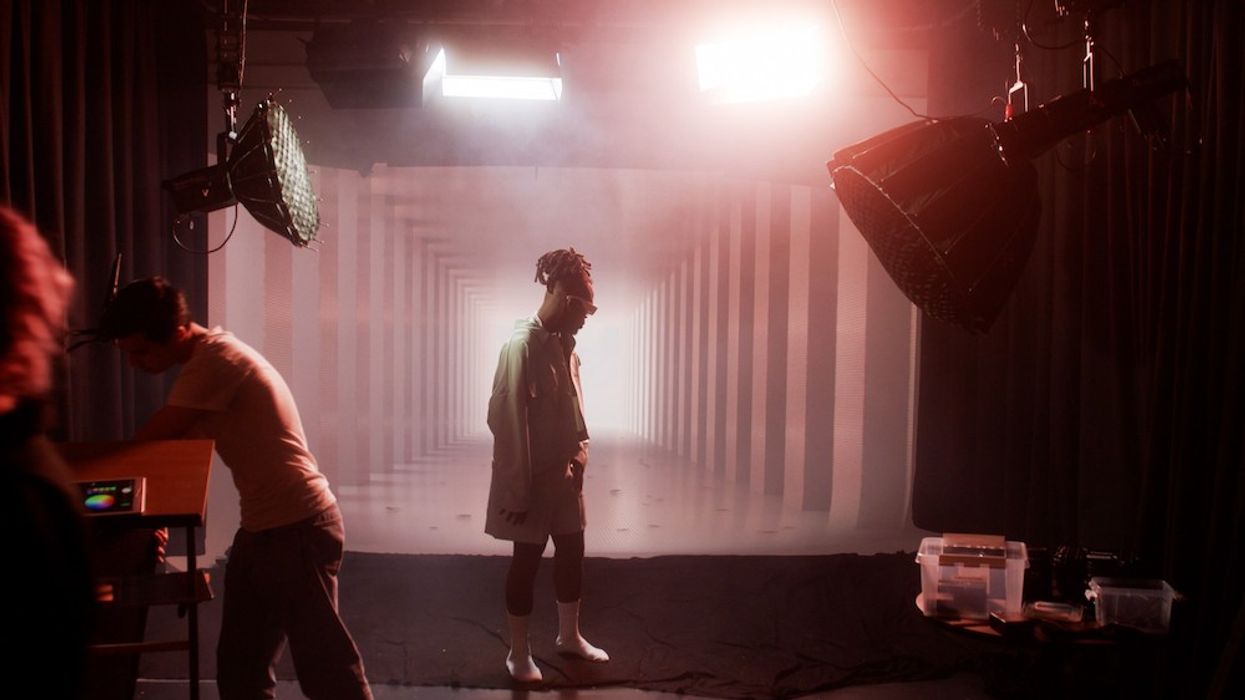
This post was written by Anders Øvergaard.
After getting a new office space, the group of friends that make up the Norwegian film production company VJUS wanted to create the coolest and most flexible film studio in the center of the capital.
Here’s how it went.
Introduction
VJUS is a small film production company in Oslo, Norway, with seven full-time employees. This journey all started with a couple of friends with a passion for film, in a two-by-four-meter room in 2017, before upgrading to a proper office a year later.
In the spring of this year, we moved into a 300-square-meter space, and now we wanted to make the coolest and most flexible film studio in the center of Oslo. It sounds ambitious, and it is, but we were determined. However, we had to be resourceful to make sure this became a worthy investment of both time and money.

Our first studio
Our previous studio and office was more of an apartment than an office space, and we made a makeshift studio out of what looked like a bedroom. Although it was small, and not very ideal as a film studio, we saw a lot of benefit from it. We could lower production cost, rent it out for extra income, and be flexible in our process, which clients appreciate a lot. The industry is moving faster by the year, and clients value efficiency and flexibility more and more.
Although investing in your own studio might seem like an expensive risk, it turned out to be a considerable benefit for a small company like ours. Now, however, it was time to go bigger. The studio went from essentially being a bedroom, to a 100-square-meter blank canvas. It is safe to say we had the work cut out for us.
Although our new studio was a lot bigger than the previous one, space is by no means unlimited and a lot of planning had to be done to maximize the potential. This was going to be the place to unleash our creativity, as well as the go-to rental studio for small and medium-sized productions in Oslo.

Cyclorama wall
The first thing we did was plan the cyclorama.
The cyclorama, also known as an infinity wall, can make the studio feel larger than it really is, and give more flexibility in terms of angles and space when filming. As we had built our production company from the ground up, we had always fixed stuff ourselves, however, we quickly realized that we were not able to create the desired result with our somewhat limited carpeting skills.
We ended up hiring a professional, and we are glad we did. Although it was expensive, it freed up time for us to do our actual jobs, filmmaking. We followed Syrp’s good guide with a few modifications to create a single-corner cyclorama with two walls at 5 by 3 meters.
Rail system for lamps
However, something we did do ourselves was to create a DIY ceiling rail system for our lamps. Getting the lamps with all their peripherals, C-stands, and cables off the floor is something we would highly recommend in order to utilize most of the limited space.
Such systems can be purchased ready-made, of course, but they are expensive and simply not as flexible as we needed them to be. After some frustrating Googling, we found an unexpected savior—stable doors. Yes, as in the doors for horses.
With a short visit to a nearby metal workshop, we were able to modify the rails to work in two dimensions, and their simple construction made it easy for us to cut and expand as we wished. With the addition of pantographs on the rails (those accordion kinda things), we could now move our lamps freely in three-dimensional space.

Lamps to replace backdrops and green screen
So, what are those lamps we wanted to move so smoothly around? In our old studio, we had a variety of brands which made it difficult to synchronize everything. This needed to be sorted out, and our choice fell on Aputure.
We now have a variety of Aputure lamps in the studio, mainly 600c and 600x, that can be easily moved and positioned as we wish. In the ceiling near the cyclorama, we have mounted three Aputure Nova P600C, with full RGB that creates a soft, even light. These can be used to light up the cyclorama in any color, which replaces the need for different paper backdrops.
This setup even allows us to get a very clean green screen key, replacing our old paper green screen setup on most occasions. And of course, all of our lights can now be controlled together using the Sidus Link app.
Soundproofing
From our experience, there are many good-looking studios around, but they often lack in terms of sound. Our old studio was small and easy to soundproof, but now we had to think new. Our solution was to get custom-sown black wooden curtains on rails around the edges of the studio. These curtains made it possible to control both sound and light no matter where in the studio we shot.
In order to cope with the outside noise that would naturally occur in the heart of a city, we made some DIY custom window blockers, using sound-dampening insulation covered by drywall and wood board. The rest of the ceiling and walls were covered in sound absorption panels.

Projector
The ace we had up our sleeve is the projector. With virtual productions being the next hot thing in the film industry, we wanted to explore the possibilities of bringing this technology down to the small- and medium-sized productions. We had been in contact with a local Norwegian manufacturer of simulator projectors called Norxe. Their projectors are used for applications such as Formula 1 and flight simulators, and we figured this would be the perfect time to see if it could work for filmmaking as well.
We have already used it with regular video backdrops for some of our recent music videos with great success, but our goal is to have a fully working Unreal setup with camera tracking within the next couple of months.

Conclusion
For the better half of 2022, we have been designing, planning, and building our new studio, while also working full-time as filmmakers. We had to be both time- and cost-efficient, but we also wanted the best film studio we could possibly create. This forced us to be creative and think outside the box in order to find efficient solutions to our problems, in order to create our dream studio.
If you want to see all the details and the videos we have shot there, you can see more on our YouTube channel.
We are a film production company in Norway called VJUS that was started by a group of friends in 2017. Our adventure has been quite interesting, with ups and downs, success, and big leaps. So, on YouTube, we are sharing our adventure of running the company in a quite unique documentary series called Making a Film Company. All episodes are found here.

